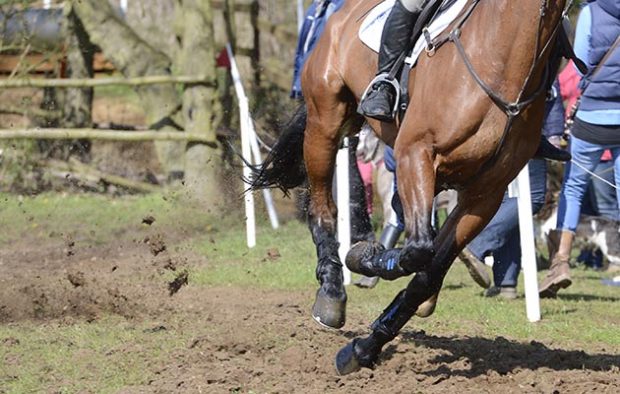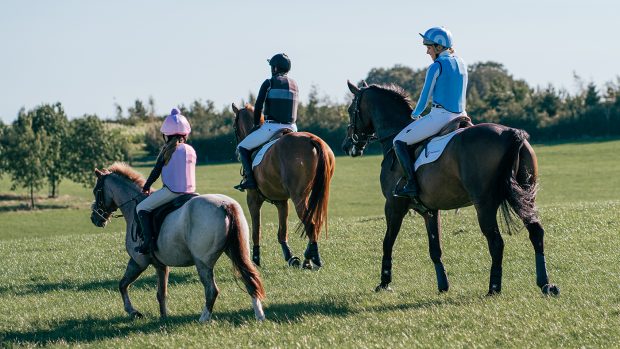The best ways to improve eventing safety are by educating riders and trainers, extending research into breakable fences and improving communications between national federations and the sport’s international governing body. So decided eventing experts representing 22 nations at an eventing safety forum, held in Copenhagen on Saturday (19 January).
There have been 11 fatal accidents in eventing since December 2006 — seven at national rather than international competitions.
“Some very important subjects were discussed,” said forum leader David O’Connor, chairman of the International Equestrian Federation (FEI) eventing safety sub-committee.
Delegates settled on several suggestions to put to the FEI. These included research into breakable jumps, such as the Dutch federation’s cardboard poles and jumps made of Lego-like pieces that break apart on impact.
But course-designer Mark Phillips and British team trainer Yogi Breisner believe these could encourage riders to take risks and horses to “lose respect” for fences, and would change the character of the sport unless there was a penalty for breaking them.
Delegates acknowledged that accident information from national federations was not always reported back to the FEI and recommended that an officer in each country keeps a register of falls.
Chris Bartle, Germany’s eventing team trainer, suggested riders be given instruction in how to “tuck and roll” as they fall, to reduce the chance of injury, and suggested that some body protectors could be restricting the rider’s ability to take this evasive action.
Eric Smiley of the Irish federation advocated the banning of extreme bits at one-star and two-star competitions, saying riders dominating their horses in this way impeded the animals’ natural jumping abilities across country.
Delegates also proposed that yellow on-course warning flags be scrapped (used to warn a rider that the ground jury is concerned about the way they are riding) and red flags — meaning a rider must stop — be used straight away.
The recommendations of the group will be put forward to the FEI bureau in April.
This news story was first published in Horse & Hound (24 January, ’08)



